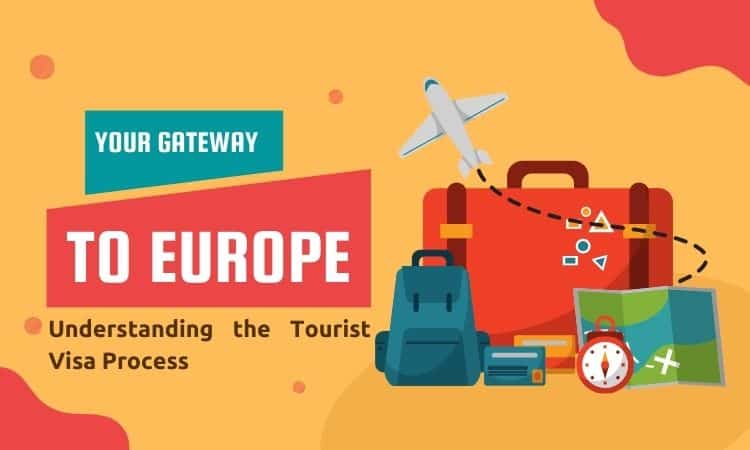Europe, with its rich history, stunning architecture, diverse cultures, and breathtaking landscapes, is a dream destination for many travelers. Whether you’re planning to visit the romantic streets of Paris, the historic ruins of Rome, or the scenic beauty of the Swiss Alps, understanding the tourist visa process is essential for a smooth and enjoyable trip. In this blog, we will guide you through the steps and requirements for obtaining a tourist visa for Europe.
1. Determine Your Destination and Visa Type
The first step in planning your European adventure is to determine which countries you plan to visit. Europe is home to 44 countries, and many of them are part of the Schengen Area. The Schengen Area comprises 27 European countries that have abolished passport control at their mutual borders, allowing travelers to move freely within the region. If you plan to visit multiple Schengen countries, you will need a Schengen visa. If your travels are limited to non-Schengen countries, you will need to apply for a national visa specific to each country.
2. Understand the Schengen Visa
The Schengen visa allows you to travel to any of the 27 Schengen countries for tourism or business purposes for up to 90 days within a 180-day period. The countries in the Schengen Area include popular destinations such as France, Germany, Italy, Spain, and Greece.
3. Determine Where to Apply
If you are visiting multiple Schengen countries, you should apply for your visa at the consulate or embassy of the country where you will spend the most time. If you are spending an equal amount of time in each country, apply at the consulate of the country you will enter first.
4. Gather Required Documents
The following documents are typically required for a Schengen tourist visa:
Visa application form: Completed and signed.
Passport: Valid for at least three months beyond your intended departure date from the Schengen Area, with at least two blank pages.
Photographs: Two recent passport-sized photos.
Travel itinerary: Including flight reservations and accommodation bookings.
Proof of financial means: Bank statements, pay slips, or a letter of sponsorship to demonstrate you can financially support yourself during your stay.
Travel insurance: Coverage of at least €30,000 for medical emergencies, valid throughout the Schengen Area.
Cover letter: Explaining your purpose of visit and itinerary.
Proof of accommodation: Hotel reservations or an invitation letter from a host.
Proof of ties to your home country: Employment letter, property ownership, or family ties.
5. Schedule an Appointment
Most Schengen embassies and consulates require you to schedule an appointment to submit your application and biometric data (fingerprints and photo). It’s advisable to book your appointment well in advance, as processing times can vary.
6. Attend the Visa Interview
During your appointment, you will submit your documents, provide your biometric data, and possibly attend an interview. Be prepared to answer questions about your travel plans, financial situation, and reasons for returning to your home country.
7. Pay the Visa Fee
The standard fee for a Schengen tourist visa is €80 for adults and €40 for children aged 6 to 12. Fees may vary slightly depending on the consulate and your nationality. Some applicants, such as students or children under six, may be exempt from the fee.
8. Wait for Processing
Visa processing times can vary, but it typically takes about 15 calendar days. During peak travel seasons, it may take longer. You can track the status of your application online using a reference number provided by the consulate.
9. Receive Your Visa
Once your visa is approved, it will be affixed to your passport. Check the details on the visa sticker to ensure they are correct, including your name, dates of travel, and number of entries allowed.
10. Prepare for Your Trip
With your visa in hand, you can finalize your travel plans. Ensure you have all necessary documents for your trip, including copies of your visa, passport, travel insurance, and accommodation details. It’s also wise to familiarize yourself with the customs and regulations of the countries you will be visiting.
Tips for a Successful Application
Apply early: Start the application process at least three months before your planned departure.
Be honest: Provide truthful and accurate information on your application and during your interview.
Show strong ties to your home country: Demonstrating reasons to return home can strengthen your application.
By following these steps and preparing thoroughly, you can navigate the tourist visa process with confidence and embark on your European adventure. Bon voyage!

